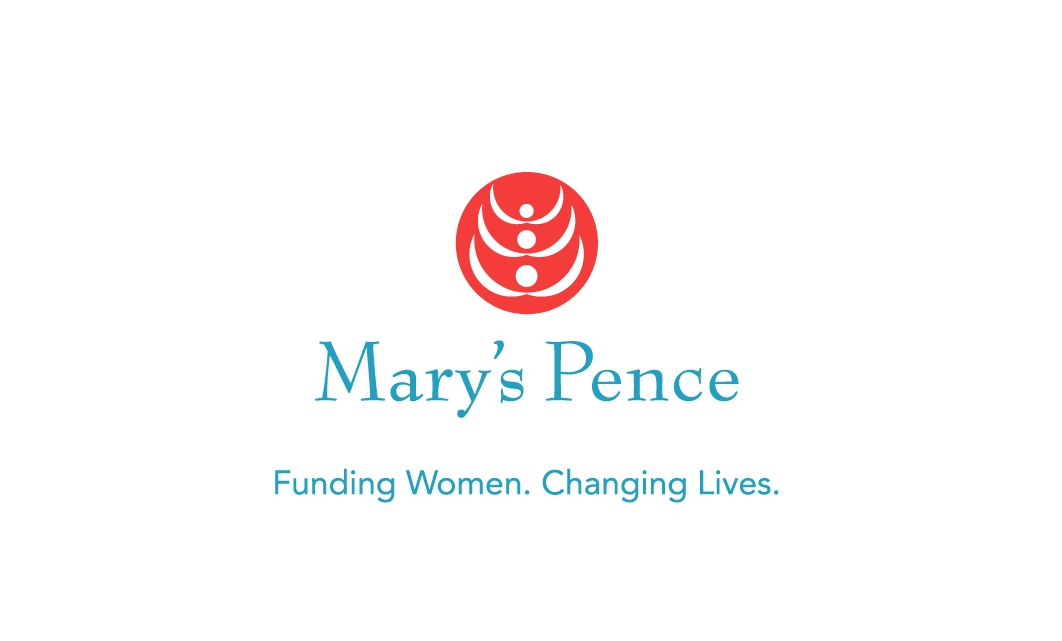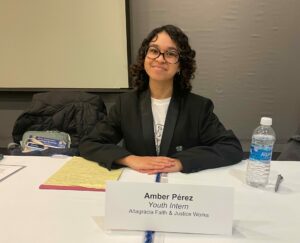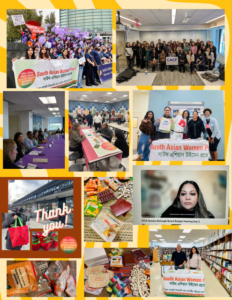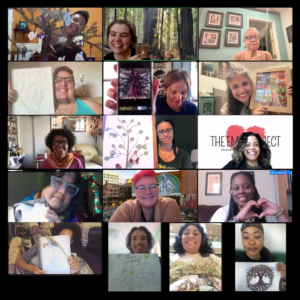
By Anna Becker
Mary’s Pence grants are known for flexible funding, nearly every grant is unrestricted funding. A little known element of the grant cycle is a smaller, secondary grant that is offered to our current cohort and is allocated for capacity building. The Capacity Building Grant is an additional $750 dollars that grantees can seek halfway through their grant cycle. What does the Capacity Building Grant look like in action? Here are ways that our grantees are using the Capacity Building Grant to grow their impact.
Improving Infrastructures
Altagracia Faith and Justice Works
New York, New York

Altagracia Faith and Justice Works, an organization promoting social justice action in New York through faith formation and youth leadership programs, will use the Mary’s Pence Capacity Building Grant to purchase three iPads with detachable keyboards. “Over this past summer,” writes Tiffany Lee, “we had more youth interns than we had electronic devices for them to use, so we had to… group them up into pairs or groups of 3 or 4 working together on a project one device at a time.” The iPads will help interns with their work and are also easily portable for community engagement. “We also plan to use the tablets to collect data about our impact.” The iPads will allow for the use of electronic forms when conducting surveys on the ground to “help to monitor and evaluate our programs to improve on initiatives” and accurate data storytelling.
South Asian Women Project
Bellerose, New York
 South Asian Women Project, is a New York based organization supporting victims of Intimate Partner Violence (IPV) through culturally-sensitive support groups and counseling. They are using the Capacity Building Grant to build a better website. Rahnum Tasnuva wrote that the new website will more accurately reflect the organization’s “current services, educational information and necessary resources for survivors and their families in English and Bengali.” The new website will improve accessibility to both survivors and their families and to community partners and funders.
South Asian Women Project, is a New York based organization supporting victims of Intimate Partner Violence (IPV) through culturally-sensitive support groups and counseling. They are using the Capacity Building Grant to build a better website. Rahnum Tasnuva wrote that the new website will more accurately reflect the organization’s “current services, educational information and necessary resources for survivors and their families in English and Bengali.” The new website will improve accessibility to both survivors and their families and to community partners and funders.
Navigating Growth
Hattie B. BWIP
Sierra Vista, Arizona

“My biggest concern as we scale,” writes the founder of Hattie B. BWIP, Acacia Barnett, “is managing the complexities that come with a larger organization.” Hattie B. BWIP works to bridge the education gap for girls – working primarily with black and brown girls from underserved rural communities in Arizona. The organization will use the Capacity Building Grant from Mary’s Pence to host a staff and volunteer retreat to help strengthen the organization through role distribution. “By delegating additional responsibilities to our volunteers – many of whom have been with us for over four years – we can create a more structured and effective program,” writes Acacia. “As we continue to grow, it’s essential for me to step back and empower others with significant roles.” This will allow the organization to focus on core program quality, expanding outreach, internships, and preparedness for unexpected issues.
Creating Freedom Movements
Richmond, California

As they create the strategic plan for 2025, Creating Freedom Movements will utilize the Mary’s Pence Capacity Building Grant for consultation around disability access. Creating Freedom Movements is an organization that fosters cross-class solidarity and community through annual cohorts of grass-roots leaders. The cohorts of community organizers focus on building sustainable organizations and the cultivation of joy to avoid burnout through skills building and leadership development. Part of the strategic plan is “a specific emphasis on increased accessibility of … services” within a changing landscape for grassroots leaders. Together with disability activist India Harville, Creating Freedom Movements will host an internal six-hour Organizational Health Day where they will conduct a SWOT (strengths, weaknesses, opportunities, and threats) analysis of the Creating Freedom Movements programing with a goal of inclusivity for “all bodies and identities”. This activity will build capacity within the organization to be “a more inclusive, effective, and sustainable organization” writes core team member Nicole Valentino, “that can continue to support grassroots leaders for years to come.”
